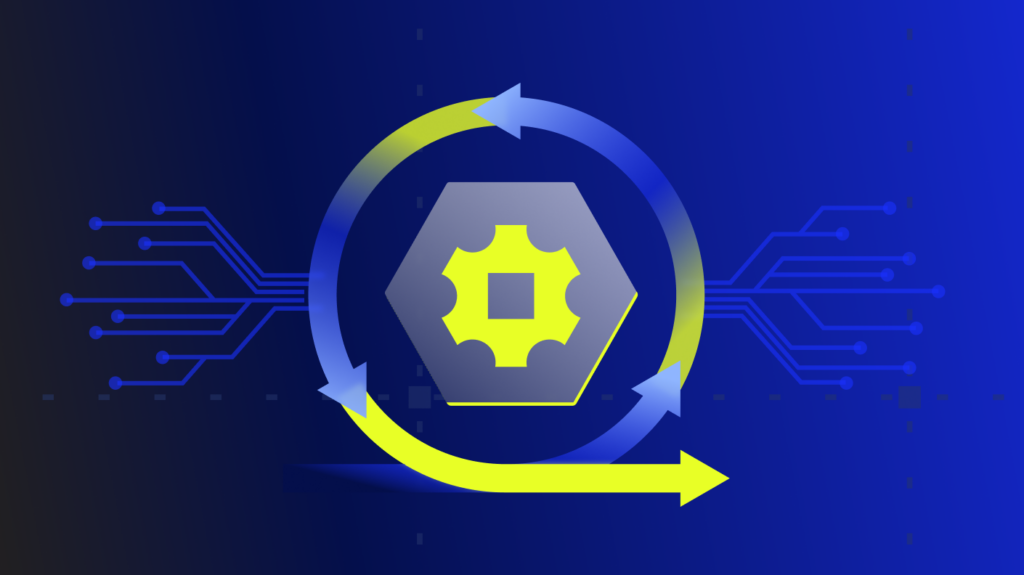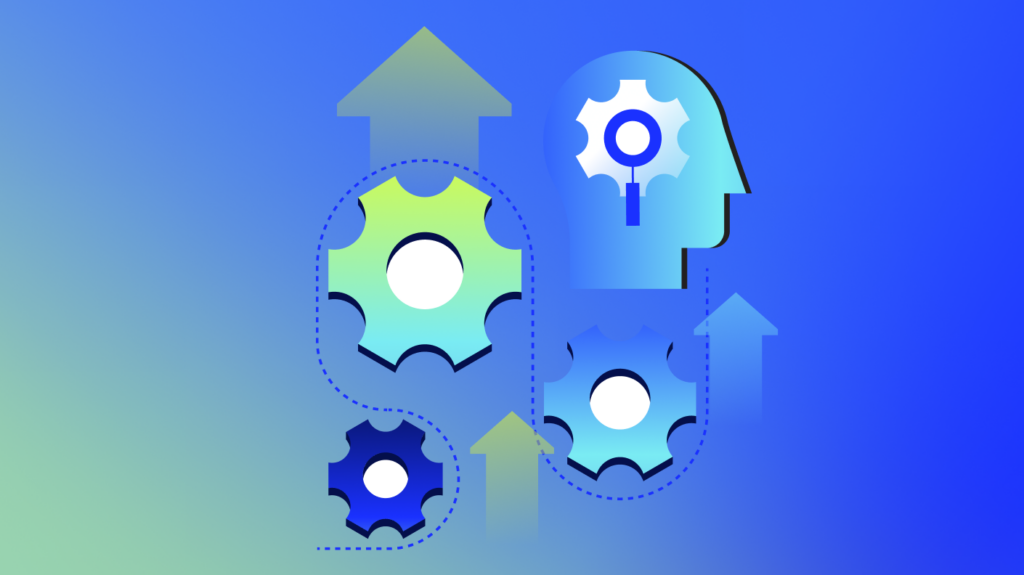The growth of technology has led to more efficient and relevant digital experiences, and customers continue to expect more out of those interactions. That’s true no matter their location and no matter which device they choose to use. Companies that cannot provide these kinds of personalized interactions for their customers find themselves falling behind the competition as technology continues to advance.
To facilitate that, companies are beginning to use OpenTelemetry to collect data on their customers. That allows these companies to get quality information about the people who want and need their services or products. When companies make good use of that information, they not only help the customers who want to work with them, they also develop more knowledge of their potential target market.
OpenTelemetry and observability allow companies to optimize the customer experience through areas like identifying slowness or areas of applications that might be more error-prone. To put it simply, OpenTelemetry provides companies with a consistent mechanism for collection and format. Instead of spending time collecting critical telemetry through a variety of applications, companies can focus on more important things like delivering new features and faster container deployments.
But what exactly is OpenTelemetry, and how does it work? Why do companies find so much value in it, and how can they put it to the right use so they can make it work for them? Understanding not only what this ability to collect data will mean for them, but also how to use it in the most effective manner possible, is among the best ways for companies to use OpenTelemetry to their highest advantage.
Contents
- What Is OpenTelemetry?
- What Does OpenTelemetry Mean for Observability?
- What Is OpenTracing?
- What Is OpenCensus?
- OpenTelemetry Architecture
- Benefits of OpenTelemetry
What Is OpenTelemetry?
As the vendor-neutral standard for the collection of telemetry data, OpenTelemetry is used for the collection of data across applications, along with the services and supporting infrastructures for those applications. Around the world, leaders in the technology sector are discussing the significance and value of digital transformation. They are also addressing the urgency of it for companies looking for success.
However, digital transformation is not possible without the right tools and techniques. Companies that want to move forward will not be able to do so if they are not well-versed in the needs of their customers and the requirements those customers have for their online experiences. OpenTelemetry, often abbreviated OTEL, works with cloud technologies, orchestration engines, and containers to allow for faster innovation in the digital sphere. OpenTelemetry also offers flexibility by allowing enterprises to standardize their way of collecting data with less vendor lock-in and more interoperability. This will be the trend moving forward.
What Does OpenTelemetry Mean for Observability?
Observability is the way internal states in a system are determined, through careful examination of the system’s external outputs. In other words, the kinds of results the system is providing to the end user are indicative of what kinds of processes are going on within that system. Additionally, this external information may also be affected by the health of the system and its overall ability to function as requested.
Software observability can be improved with the use of telemetry, which is the process of gathering the performance data of any product and communicating it to a remote location for monitoring and analysis. This technique is commonly used to keep track of the performance of various products with ease. By capturing data from components, and using additional software to measure that data, a company or individual can receive valuable information and insight into the quality and abilities of the system they are using.
The biggest downside to this particular approach to systems is that it requires the creation of additional code to observe and analyze that system. But with OTEL, the code is already provided and there is no need for a company to build something new that will give them additional insight. That can be extremely valuable for that company and can be used by other companies across various industries as well.
When companies attempt to write their own codes for observability, they can inadvertently introduce faults and other problems into the mix. That is an unfortunate aspect of working to create something that will analyze the system and provide insight into its internal workings. But OpenTelemetry helps companies avoid all of that and addresses the issue of observability in ways that do not conflict with the system’s operation.
It is easy to see that the value of OpenTelemetry is in the benefits it provides to both companies and their customers and how these benefits can be expanded upon for the future. Because OpenTelemetry is vendor-agnostic, and because it is uniform for everyone who uses it, companies and individuals alike can experience the quality it will add to their businesses and lives.
What Is OpenTracing?
OpenTracing was a 2016 project designed to provide distributed tracing in a way that was not specific to any vendor or type of vendor. The goal was for OpenTracing to offer developers a way to trace requests from the beginning through to the end. This was done by instrumenting the code. The idea had some competition, which is typically a good thing for companies and ideas.
But in this case, the competition OpenTracing was experiencing made it difficult for any project of this type to become established in the marketplace. Not only did that cause a problem for people who were trying to develop these ideas and options, but it also prevented companies from using the created projects to their fullest potential. Customers were not benefitting either, so it was a lose-lose situation for everyone.
OpenTracing has now been absorbed by OpenTelemetry. That made it easier for the project to move forward because it blended with OpenCensus and joined CNCF. The beta version of OpenTelemetry included the best of OpenTracing and OpenCensus and debuted in March 2020. Blending the two projects helped developers all use the same containers and solutions, thus facilitating speed and agility.
What Is OpenCensus?
In 2018, OpenCensus was made open source by Google. This project was based on the internal census library that Google was using when the company gathered metrics and traces for its distributed systems. Since Google was already using it, the idea was to allow it to be used by other companies for the same basic purposes of providing insight and information into the digital customer experience.
Much like the OpenTracing idea, OpenCensus was designed to provide developers with a way to collect both metrics and traces in a non-vendor-specific way. When collection options are focused on a particular kind of vendor or type of industry, it is much more difficult to allow those options to be used in other industries or by other types of companies. OpenCensus avoided all of that.
As mentioned above, OpenCensus has been absorbed into OpenTelemetry.
OpenTelemetry Architecture
The architecture involved in OTEL consists of several components to provide maximum value to companies that use it. Taking a look at each one of these components on a high level can be very beneficial to an understanding of the true value of OpenTelemetry. This can help showcase all it has to offer to companies in the way of data collection and usage for customer metrics.
- API — APIs are computer language-specific and provide the overall basics for adding OTEL. They make it easier to add additional things to the application, by having a framework that is available for attachment.
- SDK — Another language-specific component of the architecture is the SDK. This acts as a middleman of sorts and provides a bridge between the exporter and the APIs. Transaction sampling and request filtering are both handled more easily due to the additional configuration of SDK.
- Collector — This is the one component that is technically not required. However, the Collector does make adding OpenTelemetry architecture much faster and easier. It is a very useful component and provides flexibility when sending and receiving application telemetry on the backend. There are two deployment models for the collector: an agent and a standalone.
- Exporter — Having an Exporter allows companies to determine which backend(s) they are sending telemetry to. The backend configuration is not coupled to instrumentation, allowing for several different choices. Switching backends is easy, and there is no need to reinstrument code to do so.
Benefits of OpenTelemetry
The true value of OpenTelemetry is in all of the benefits it provides to companies that use it for tracking and metrics. Of course, customers of these companies are the ones who reap the benefits. However, most customers do not understand that is what they are getting. They simply enjoy feeling heard and seen and having a digital experience that encourages them to feel valued and appreciated by the company.
While the collection of application telemetry is far from new, OpenTelemetry provides companies with a consistent mechanism for collection and format. That is something that other telemetry providers do not offer and can make it very difficult to switch backends, processes, systems, and anything else that may be necessary as a company grows and develops.
When trying to understand the health of applications being used by a company, operations personnel, developers, and troubleshooters of any kind can find that the lack of consistency becomes nightmarish in its level of frustration. Applications also fail to work well with others, and upgrading or transferring from one application to another may result in a loss of data and metrics or the inability to trace them correctly.
With OpenTelemetry, though, all of this can be a thing of the past. The standard created for adding a higher level of observability to cloud-based applications is a vital part of the benefits for most companies. Additionally, companies will no longer have to spend any of their time attempting to develop mechanisms to collect critical telemetry through a cobbled-together variety of applications.
Instead, they can focus on the delivery of new features and make sure they can provide their customers with everything those customers want and need from their digital experience with that company. Broader adoption of OpenTelemetry also means easier and faster container deployments for companies because there is no need to build an orchestration platform at the enterprise level first.
Subscribe to our blog
Get articles like this delivered straight to your inbox







